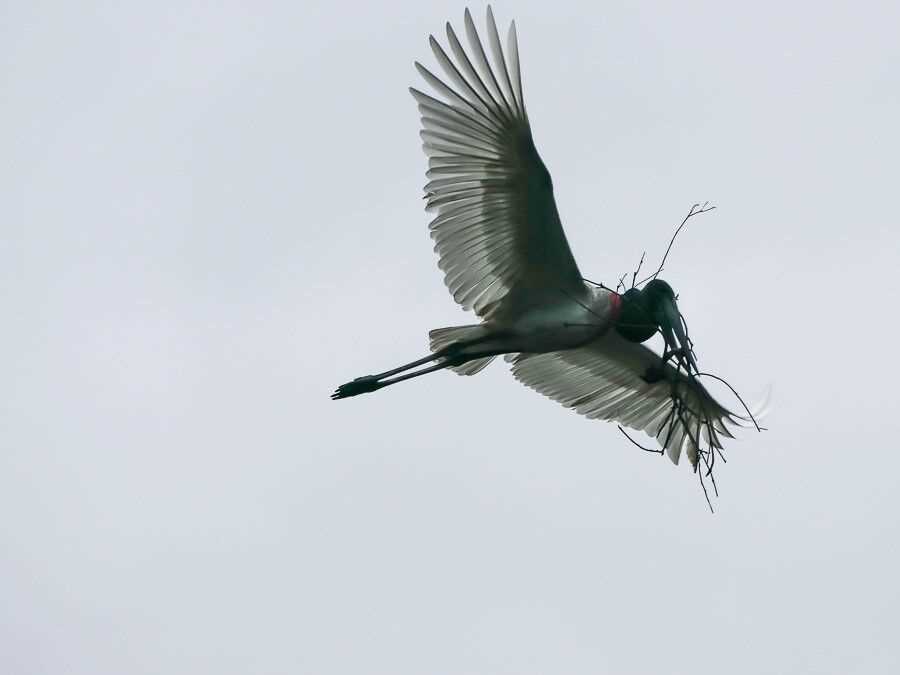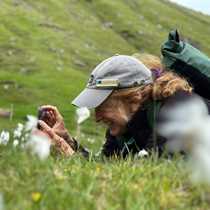This special place is bordered by two major rivers, the Marañon and the Ucayali, putting it literally on the edge of civilization. Our ship “anchored” as we do on the river (you tie up to a sturdy tree), and just across from us we could see an oil drilling site. The Pacaya-Samiria National Reserve is a stronghold for the wildlife of the upper Amazon. We had exceptional views of that wildlife, from jabiru wood storks to three-toed sloths and an anaconda that had just eaten another resident, a spectacled caiman. How fortunate that someone had the foresight to set aside this wild place so that others could enjoy the sights, sounds, and smells of an intact tropical rainforest.
4/13/2024
Read
Delfin II
Iricahua Creek and Amazona Community
We began our day exploring Iricahua Creek just before breakfast. The clear skies of the morning allowed us to enjoy all the sightings that nature had to offer us. The flooded forest was covered with lush vegetation and our naturalists explained the capabilities many plants have to survive the six months of high waters. For our afternoon activity, we visited the Amazona Community. The friendly inhabitants had prepared an interesting presentation of their daily life for us. The extraction of sugar cane juice, their local cooking methods, and the preparation of the chambira palm fiber were some of the daily activities about which we learned. We all gathered in the main house, called maloca. Here a group of teenagers shared their experience on how the NGO Minga Peru had supported them in becoming young entrepreneurs. It was a life changing experience for all of us. What a lovely way to finish our expedition through the Upper Amazon.







